Indoor Rowing Training: Quiet Machine, Loud Results
Indoor rowing training doesn’t always get the spotlight, but ask anyone who’s tried it and you’ll likely hear the same thing: it’s surprisingly satisfying. There’s something about the rhythm, the steady pull, the mix of effort and flow that keeps people coming back. A rowing machine brings that feeling indoors and turns it into a practical way to train your whole body.
In this guide, you’ll find everything you need to know. We’ll walk through how rowers work, the types out there, what to check before buying, and how to get the most out of your training time.
So, what is a rowing machine anyway?

A rowing machine recreates the motion of rowing a boat, using a handle, a sliding seat, and a resistance system to create a smooth, repetitive movement. As you pull the handle, your legs drive the motion, your core stays engaged, and your arms finish the stroke. Then you glide back and repeat. It’s a full-body rhythm that builds strength and stamina together.
The machine itself usually includes footrests, a flywheel or resistance mechanism, and a monitor to track your stats. Some are compact and quiet, others more immersive and fluid. All of them follow the same basic principle: pushing and pulling in a steady flow that works a wide range of muscles without needing much space.
Why indoor rowing training works so well

Indoor rowing training might seem simple but it brings a lot together in one movement. It’s steady, low impact and works more muscles than you might expect. Legs, core, back, arms and shoulders all join in. Here’s what regular sessions can help support.
Full-body workout
Every stroke brings your legs, core, back, and arms into play. It’s a smooth, connected movement that gets your whole body involved without feeling too intense or complicated.
Cardiovascular health
Rowing gets the heart rate up in a steady, manageable way. You can keep it calm and consistent or push the pace when you feel ready. Either way, it helps build stamina and supports heart health over time.
Calorie burning
Because rowing uses large muscle groups and keeps the effort steady, it’s a very efficient way to burn calories. The more you put in, the more you’ll use up. Even short sessions can make a difference over time.
Low impact
Rowing is smooth and controlled, which takes the pressure off your joints. It’s a good pick if you want something that challenges the body without feeling harsh on the knees, hips or ankles.
Muscle building
Indoor rowing training builds strength in a natural, balanced way. It’s especially good for the back, arms and core, and can also help with posture and how you carry yourself day to day.
Mental benefits
There’s something about the steady rhythm of rowing that helps quiet the mind. It can sharpen focus, ease stress, and give you a bit of headspace while your body gets to work.
Indoor rowing training covers a lot in one go and doesn’t ask for a big setup or a lot of time. It’s simple to slot into your week and easy to stick with. Let’s take a look at the different types of rowers and how each one feels to use.
Types of rowing machines and how they feel to use
Rowing machines might all look similar at first, but the way they work can feel very different. Some give you full control over resistance, some react to your effort, and others offer a feel closer to rowing on water. The right one for you depends on your space, goals and how you like to train. Here’s a simple breakdown to help you compare.
Air rowing machines
How it works: Air rowers use a fan wheel that spins as you pull. The harder and faster you row, the more resistance you create.
How it feels: The resistance responds to your effort, which gives a natural, fluid feel. Great for varied pace and interval-style training.
What to keep in mind: This type can be a bit louder due to the spinning fan and usually needs more space than compact models. Often used in gyms, they’re known for reliability and solid performance over time.
Air-magnetic rowing machines
How it works: This type combines a fan wheel and magnetic resistance. The fan reacts to your effort while the magnets let you set a steady base level that stays in place as you row.
How it feels: You get a mix of natural airflow and smooth control. The stroke feels responsive but with more structure than a full-air rower.
What to keep in mind: These rowers suit varied training styles and often run quieter than air-only machines. They can be larger and tend to sit at a slightly higher price point due to the dual system.
Magnetic rowing machines
How it works: Magnetic rowers use a flywheel and magnets to create resistance. You can usually adjust the level manually or through a digital console.
How it feels: The stroke is smooth and consistent. Resistance stays steady throughout, which makes it easy to keep a fixed pace during your workout.
What to keep in mind: These machines are usually quiet and more compact than other types. They’re well suited to home use and structured sessions. The feel is less like on-water rowing and doesn’t change based on how hard you pull.
Water-magnetic rowing machines
How it works: This design combines a water tank with paddles for natural resistance and adds magnets so you can adjust the difficulty level manually.
How it feels: You get the smooth pull and gentle sound of water with a bit more control over resistance. It suits steady training and structured workouts.
What to keep in mind: These rowers are often larger and heavier than simpler models and tend to sit in the higher price range. They offer a stable feel and more options than standard water rowers.
Water rowing machines
How it works: A water rower uses a tank and paddles to create resistance. As you pull, the paddles spin through the water, giving you a smooth, consistent drag.
How it feels: The stroke is fluid and natural, with a light splash and a gentle catch at the start. It closely mimics the feel of rowing on open water.
What to keep in mind: Water rowers are often bigger and heavier than other types. They do need occasional upkeep, like topping up the tank and adding purification tablets, but many users enjoy the calm sound and lifelike motion.
Things to keep in mind when choosing a rower

There’s a lot out there, but once you know what matters to you, choosing a rowing machine gets much simpler. Below are the main things to think about before deciding which one fits your space, goals and routine.
How it feels when you row
Air, water, magnetic and hydraulic rowers all create resistance in different ways. Some respond to your effort, some stay fixed, and some let you adjust as you go.
What you want to spend
Rowers can vary quite a bit in price, so it helps to start with a rough budget in mind. After that, think about what matters most to you. It might be comfort, sturdy construction, useful features or simply finding something that feels good to use. There’s usually a solid pick in every price range.
How much room you’ve got
Rowers can be long. Some fold or store upright, while others stay where they are. Measure the space you plan to use and check if folding is an option you need.
Comfort during the session
A smooth glide, a seat that feels good and footrests that adjust easily. Small things like that can make the whole workout feel better and help you stick with it over time.
The rail setup
Some machines keep the motion tight and tidy, others give you more space to stretch out. Single rails are usually slimmer, while double rails feel a bit more planted. If you enjoy a long, flowing stroke, it’s worth checking how much range the rower gives you.
Extras and add-ons
Think about what would keep you interested. A good screen, built-in workouts, app connection, or heart rate pairing might help you stay on track.
Everyday use or something more heavy-duty
Some rowers are made for the usual few sessions a week, while others are built to handle regular, high-use training. If you’re planning to row most days or share the machine with others, it’s worth thinking about something a bit more solid.
Sound levels at home or in the gym
Magnetic models run quietly. Air and water rowers have more sound but nothing too disruptive. Depending on your setup and who’s nearby, that might matter.
Your indoor rowing training goals
If you’re after casual fitness, long-distance training or high-intensity bursts, your goals will shape the kind of resistance, features and durability that suit you best.
Staying connected
Some machines link to apps with workouts, progress tracking and rowing games. If you enjoy a bit of structure or friendly competition, that might be worth adding to your list.
Once you’ve thought through the basics, it’s much easier to choose a machine that actually suits your needs. In the next section, we’ll take you through some of the top rowers available at Fitshop.
Top picks for indoor rowing training at Fitshop
Taurus Pro RX7: Hybrid air and magnetic resistance gives you a smooth, powerful pull. Packed with 60 workouts, a touchscreen and a quiet glide for steady training.
cardiostrong Baltic Pro V2: Water resistance with a sleek design and a raised seat. Easy to store and connects to Kinomap for app-based sessions.
Hydrow Pro Rower: Big screen, scenic locations, and pro-led workouts. Electromagnetic drag gives it a natural feel and it folds to store.
WaterRower Ergatta Rower: Game-style workouts on a wooden frame with water resistance. Adaptive training, clean design and a calm, flowing motion.
NordicTrack RW900 Rower: Silent magnetic resistance with a sharp 24″ screen. Bluetooth headphones, connected apps and a smooth, steady stroke.
StairMaster HIIT Rower: Fan-powered resistance that responds to your pace. Designed around interval work, with a tough frame and smart tracking.
BodyMax RM40 Rowing Machine: Quiet, compact and adjustable. A solid magnetic rower with real-time stats and Kinomap compatibility.
ProForm Pro R10 Rower: Smooth motion, sharp sound, and touchscreen workouts with iFit. Folds up neatly.
Matrix RXP Rower: Self-powered and gym-ready. Quick to store, responsive resistance and smart tech built in.Life Fitness Heat Performance Row: Air and magnetic resistance with loads of feedback. Packed with features, colour coaching and precise power tracking.
Workout ideas to include in your indoor rowing training

Rowing machines are surprisingly versatile when it comes to training. You can take it slow and steady, ramp up the pace or mix things up with intervals. Whatever your style, there’s a format that can help you build fitness and keep things interesting.
Just starting out? Try these
Get the feel first: Start with shorter intervals and pay attention to form: things like stroke rate, posture and staying relaxed through the arms. The movement should feel controlled, not rushed.
Rowing interval training: Row for one minute at a gentle pace, then take a short break. Repeat for around 5 to 10 minutes.
Build things up slowly: As you start to feel more comfortable, increase your rowing time and shorten your rests. The goal is steady progress, not rushing.
Keep it steady: A calm, consistent pace can do a lot for your endurance. Focus on rhythm, breathing and holding a comfortable speed for longer stretches.
Burn by numbers: Set a calorie target and row until you reach it. Most rowers will track this for you, and it’s a simple way to stay focused.
Mix it in: You don’t need to row every day. Try combining short rowing sessions with a walk or a bit of light cardio for a rounded routine.
Ready to push a bit more? Try this mix
HIIT: Go hard for a short burst, then slow right down. For example, row fast for 30 seconds, then ease off for a minute. Repeat for 10 to 15 minutes.
Pyramid intervals: Start small, build up, then come back down. One minute, two, three, four, then back through three, two and one. Great for stamina and pacing.
Distance or time challenges: Pick a number and go for it. Try rowing 2,000 metres or staying on for 20 minutes and see how far you get.
VO₂ max efforts: Row at a high intensity for a longer stretch, think two to five minutes, with enough rest in between to recover. This helps build endurance and breathing power.
Tabata sprints: Row as hard as you can for 20 seconds, rest for 10, and repeat for eight rounds. It’s quick, intense and over in four minutes.
Indoor rowing training tips to keep you going
Warm up first: A few minutes of gentle rowing will get your body ready. It doesn’t need to be long, just enough to wake things up.
Keep your form in check: Drive with your legs, stay strong through your core and stay loose in your grip. Good form makes rowing more effective and keeps strain away.
Cool down properly: Ease out of your session with slower rowing or light stretching. It helps your body recover and wind down gradually.
Stay consistent: You don’t have to row every day. A few times a week can be more than enough if you keep at it.
Mix it up: Changing your workouts now and then keeps things fresh and helps you avoid hitting a plateau.
Listen to your body: Some days feel easier than others. Pay attention to what your body’s telling you and adjust when you need to.
Rowing machine workouts to try
20-minute session
5 minutes easy pace to warm up
4 rounds of: 2 minutes steady, 1 minute light recovery
3 minutes steady pace
2 minutes cool down
30-minute session
5 minutes easy pace to warm up
6 rounds of: 1 minute hard, 2 minutes moderate
5 minutes steady pace
4 minutes cool down
45-minute session
10 minutes light pace to warm up
3 rounds of: 5 minutes moderate, 2 minutes fast, 3 minutes light
5 minutes steady pace
5 minutes cool down
Indoor rowing training doesn’t have to follow just one formula. Start where you are, go at a pace that works for you and adjust as you go. What matters most is showing up regularly. If you’re new to it, even short sessions a few times a week can go a long way.
Your next move
Indoor rowing training has a lot going for it. It works the body, gives the heart a lift and fits into all kinds of routines. You can keep things steady or push the pace, train in short bursts or settle into longer sessions. It’s all up to you.
If you’re curious to try one out, you can browse online or pop into your nearest Fitshop store. There’s always someone around to help you find a rower that feels right. For commercial enquiries, just follow this link to get in touch with the team directly.
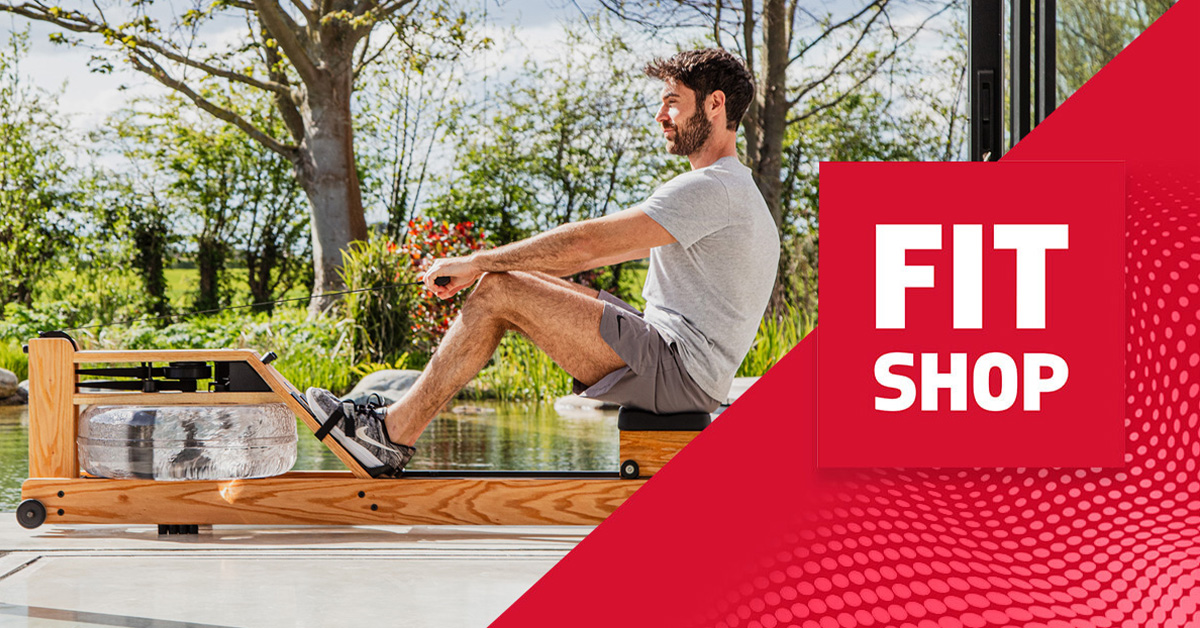
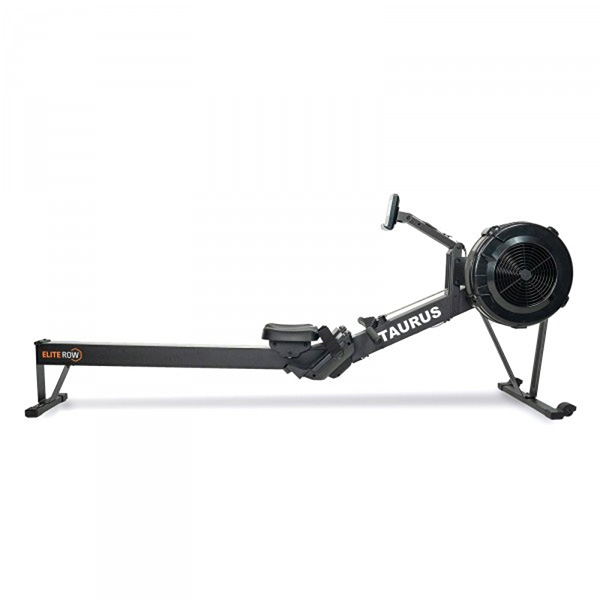
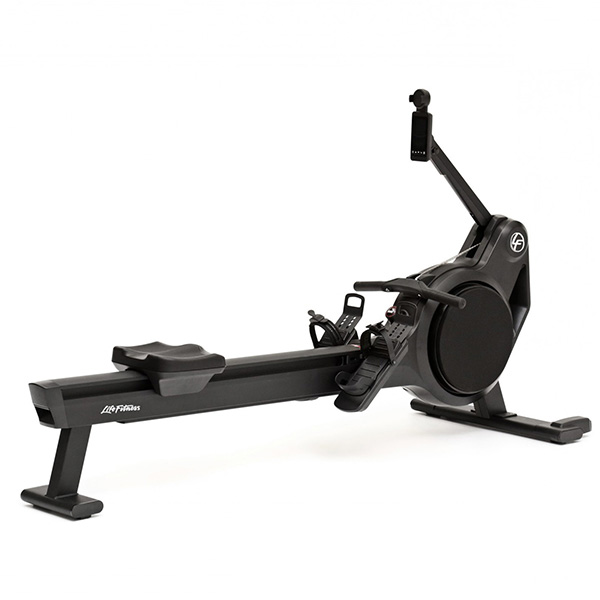
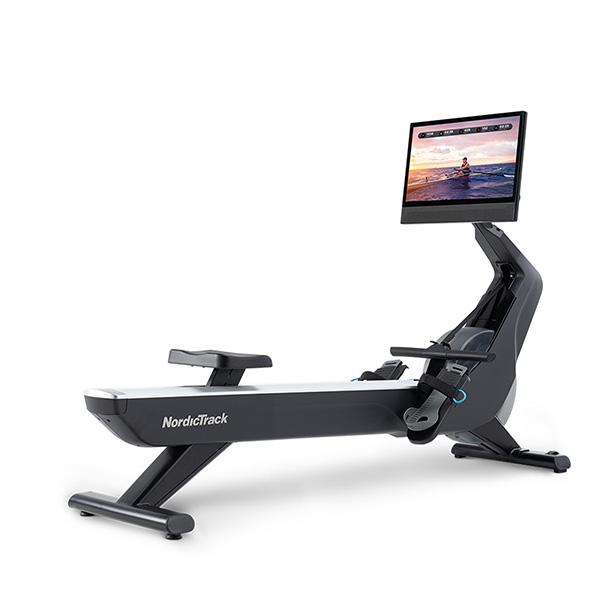
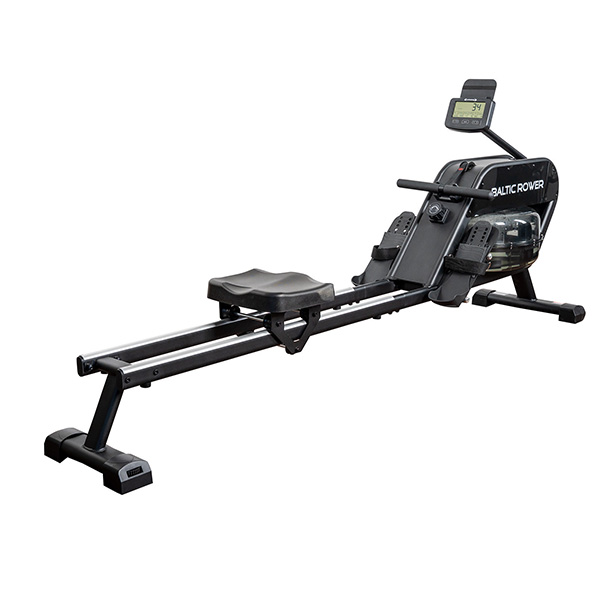
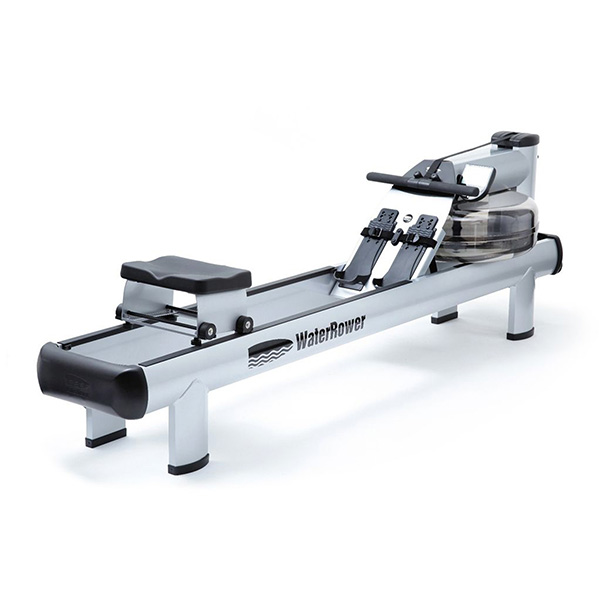
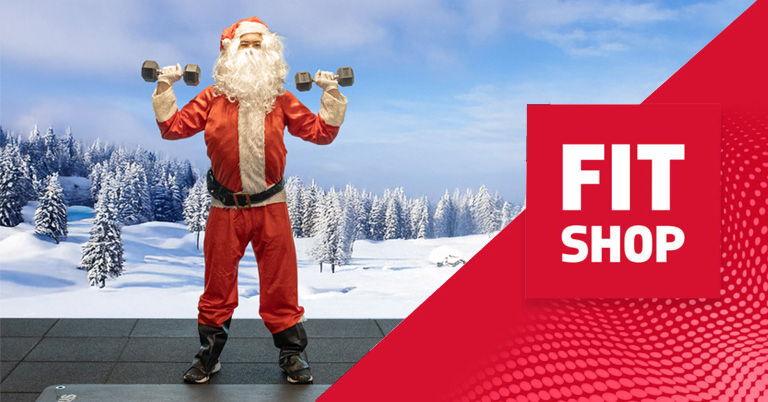
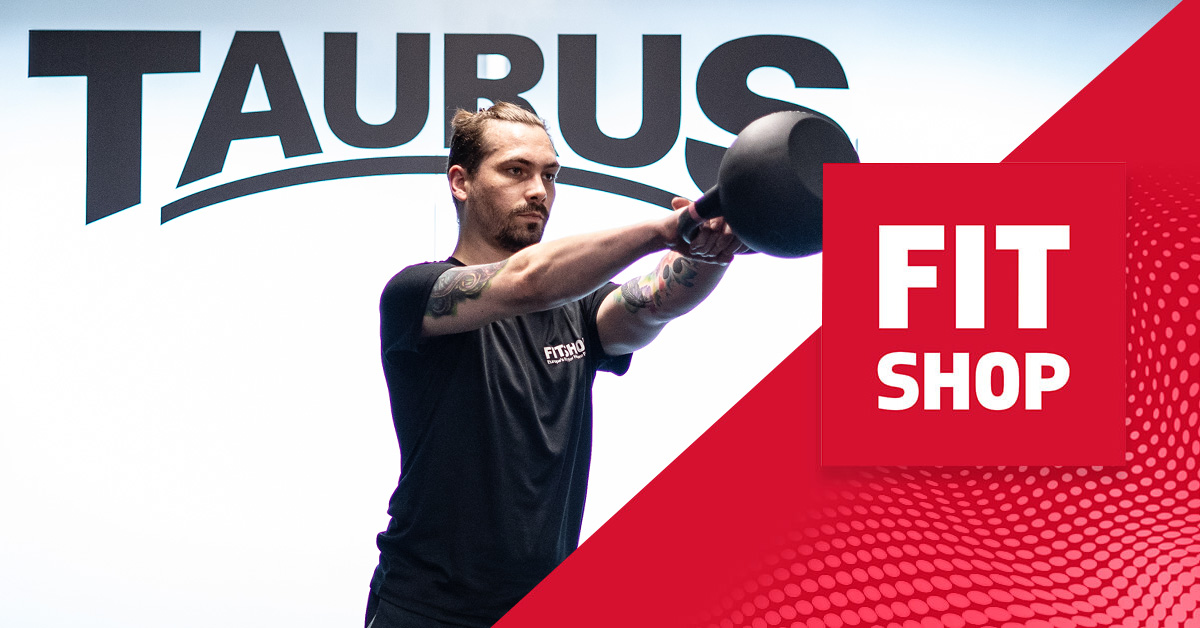
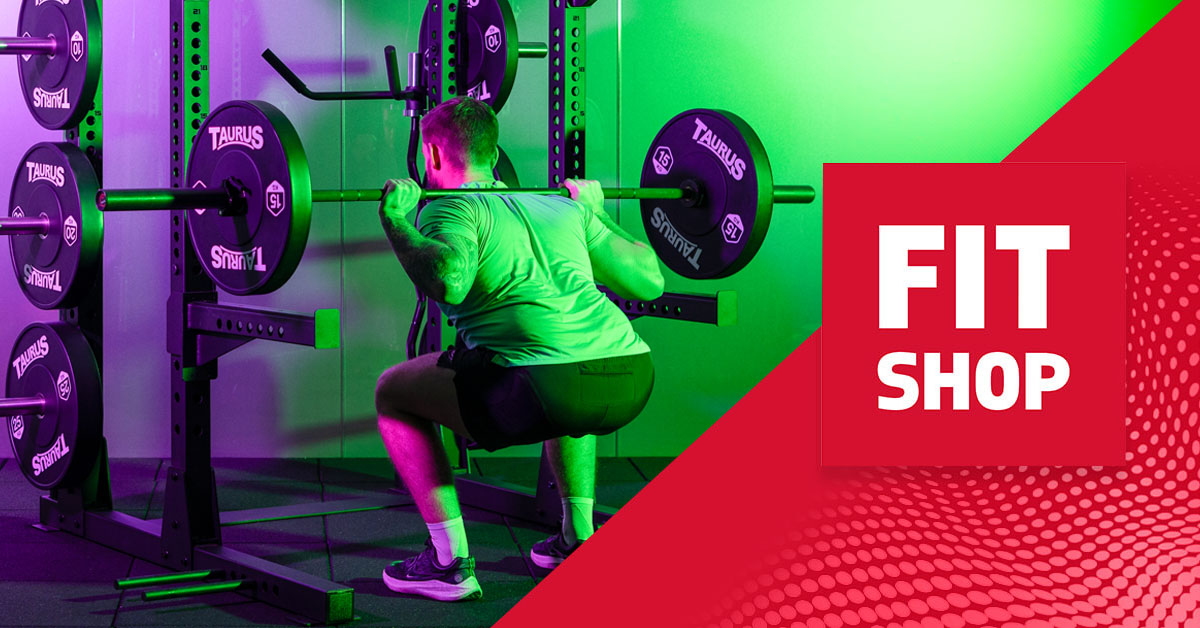
Post Comment